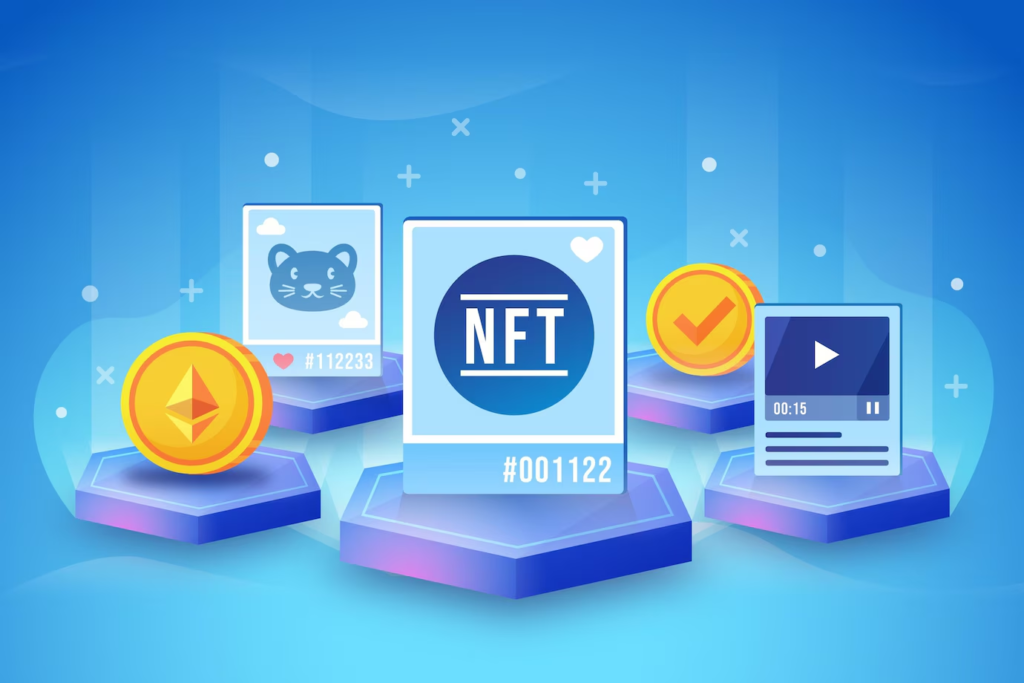Solo trekking in Nepal has become a popular choice for adventurers looking for independence and personal challenges. With its diverse landscapes and rich cultural experiences, Nepal offers a unique environment for those who wish to explore on their own. Understanding the nuances of trekking in this beautiful country is essential for anyone considering a solo journey.
Trekking Regulations for Solo Trekkers
Before planning a solo trek, it’s important to be aware of the regulations in place. Certain permits are required for trekking in Nepal, including the Trekkers’ Information Management System (TIMS) card and specific permits for various trekking areas. While solo trekking is allowed in many regions, some areas, such as the Manaslu Circuit Trek, require a registered guide due to their restricted status. Familiarizing yourself with these regulations ensures a smoother experience and helps avoid any legal issues during your trek.
Popular Trekking Routes for Solo Trekkers
When it comes to choosing the right route, there are several popular trails that cater well to solo trekkers. The Annapurna Circuit, for instance, offers stunning views and well-marked paths, making it accessible for those trekking alone. Another great option is the Langtang Valley trek, known for its breathtaking scenery and welcoming local communities. For those interested in more remote areas, treks, like the Manaslu Circuit and Upper Mustang Trek that provide unique cultural experiences, though these require careful planning and a guide. Each of these routes offers features that enhance the solo trekking experience, from the chance to meet fellow travelers to the opportunity to immerse oneself in nature.
Safety Considerations
Safety is a crucial aspect of solo trekking. To stay safe while trekking alone, it’s advisable to take several precautions. Inform someone about your itinerary and expected return date, carry a reliable map or GPS device, and ensure you are well-prepared for changing weather conditions. Having basic first-aid knowledge can also be beneficial. Preparation and local knowledge play vital roles in minimizing risks and enhancing your overall trekking experience.
Resources and Support for Solo Trekkers
While trekking solo, having access to resources and support can make a significant difference. Many areas in Nepal have local guides and support services available, even if you choose to trek alone. Additionally, online communities and forums provide valuable information and connect you with fellow trekkers. Engaging with these resources can offer insights and tips, making your solo journey even more enjoyable.
Conclusion
In conclusion, solo trekking in Nepal from 2024 to 2025 is not only feasible but also rewarding for those seeking adventure and personal growth. By understanding the necessary regulations, selecting suitable routes, prioritizing safety, and utilizing available resources, you can have a fulfilling solo trekking experience. Whether you are a seasoned traveler or trying solo trekking for the first time, Nepal’s diverse landscapes and rich culture await your exploration. With the right preparation, your adventure in this beautiful country can be both memorable and enriching.






